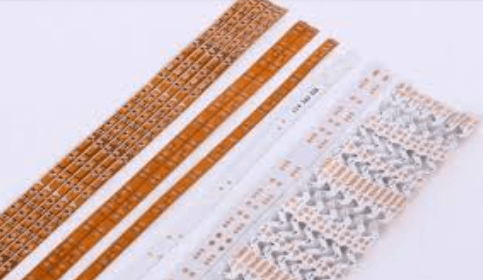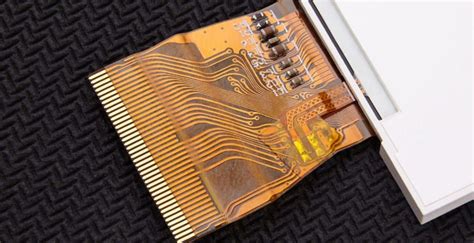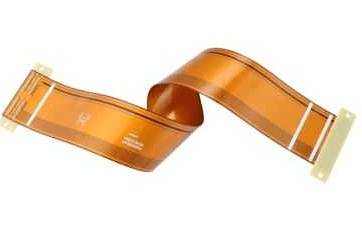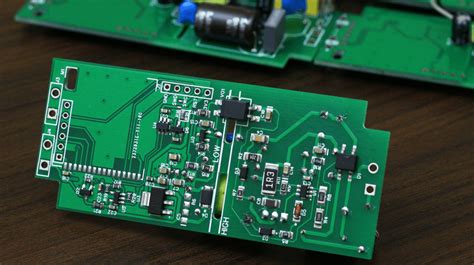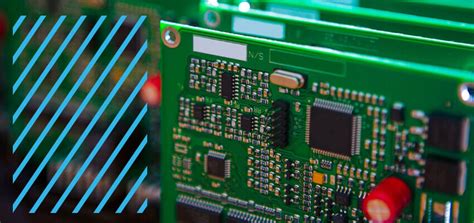Custom LED PCBs: Design, Applications, and Manufacturing Considerations
Introduction
Light-emitting diode (LED) technology has revolutionized lighting solutions across industries, from consumer electronics to automotive and industrial applications. Custom LED printed circuit boards (PCBs) are at the heart of these innovations, enabling efficient, durable, and versatile lighting systems. Unlike standard PCBs, custom LED PCBs are tailored to specific thermal, electrical, and mechanical requirements, ensuring optimal performance in various environments.
This article explores the key aspects of custom LED PCBs, including design considerations, materials, manufacturing processes, and applications.
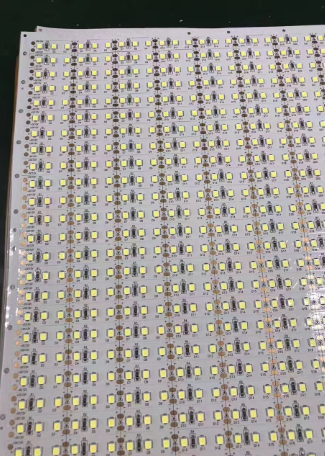
1. Understanding Custom LED PCBs
A custom LED PCB is a specialized circuit board designed to support and power LED components while managing heat dissipation, electrical efficiency, and mechanical stability. These PCBs differ from traditional ones due to their unique thermal management needs, high-density layouts, and sometimes flexible or rigid-flex structures.
Key Features of LED PCBs:
- High Thermal Conductivity: LEDs generate heat, and poor thermal management can reduce lifespan and efficiency.
- Durable Materials: Often made with metal-core PCBs (MCPCBs) for better heat dissipation.
- Custom Layouts: Designed to fit specific lighting arrangements (e.g., arrays, strips, or clusters).
- Efficient Power Distribution: Ensures uniform brightness and prevents voltage drops.
2. Design Considerations for Custom LED PCBs
Designing a custom LED PCB requires careful planning to balance performance, cost, and reliability. Below are critical factors to consider:
A. Thermal Management
LEDs convert only about 50-60% of electrical energy into light; the rest becomes heat. Excessive heat can degrade LED performance and lifespan. Effective thermal management strategies include:
- Metal-Core PCBs (MCPCBs): Typically aluminum or copper for superior heat dissipation.
- Thermal Vias: Small holes filled with conductive material to transfer heat to other layers.
- Heat Sinks: Integrated or external sinks to dissipate heat efficiently.
B. PCB Material Selection
The choice of substrate material impacts thermal performance and durability:
- FR4: Standard material for low-power LED applications.
- Aluminum (MCPCB): Best for high-power LEDs due to excellent thermal conductivity.
- Ceramic PCBs: Used in high-temperature environments (e.g., automotive lighting).
- Flexible PCBs: For bendable LED strips or wearable devices.
C. Circuit Layout and Trace Design
- Current Distribution: Wide traces minimize resistance and prevent overheating.
- LED Arrangement: Series vs. parallel connections affect voltage and current requirements.
- Signal Integrity: Proper spacing reduces electromagnetic interference (EMI).
D. Power Supply and Driver Integration
- Constant Current vs. Constant Voltage: LEDs perform best with constant current drivers.
- PWM Dimming: Pulse-width modulation allows brightness control without color shift.
E. Environmental and Mechanical Factors
- IP Rating: Water and dust resistance for outdoor or industrial use.
- Vibration Resistance: Critical for automotive and aerospace applications.
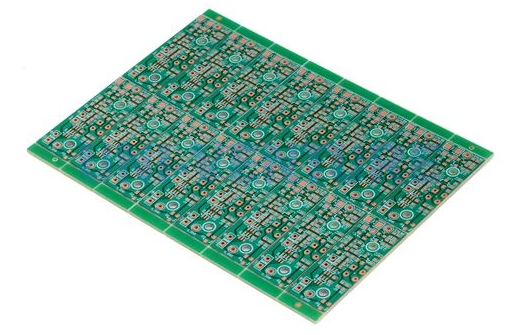
3. Manufacturing Processes for Custom LED PCBs
The manufacturing of custom LED PCBs follows standard PCB fabrication but with additional steps for thermal optimization:
A. PCB Fabrication Steps:
- Substrate Preparation: Cutting and cleaning the base material (e.g., aluminum, FR4).
- Circuit Patterning: Applying conductive traces via etching or printing.
- Drilling and Plating: Creating vias and through-holes for electrical connections.
- Solder Mask Application: Protects copper traces from oxidation and shorts.
- Silkscreen Printing: Adds labels for component placement.
- Surface Finishing: ENIG (Electroless Nickel Immersion Gold) or HASL (Hot Air Solder Leveling) for better solderability.
B. Specialized Processes for LED PCBs:
- Metal-Core PCB Manufacturing: Requires specialized machining for aluminum/copper cores.
- Thermal Interface Materials (TIMs): Enhances heat transfer between LEDs and heat sinks.
- Automated Optical Inspection (AOI): Ensures LED alignment and soldering quality.
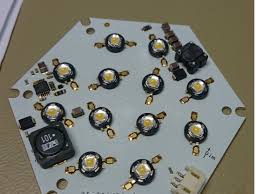
4. Applications of Custom LED PCBs
Custom LED PCBs are used in diverse industries due to their efficiency and adaptability:
A. Consumer Electronics
- Backlighting: TVs, smartphones, and laptops.
- Smart Lighting: IoT-enabled LED bulbs and strips.
B. Automotive Lighting
- Headlights and Taillights: High-power LEDs with robust thermal management.
- Interior Lighting: Dashboard and ambient lighting.
C. Industrial and Outdoor Lighting
- Street Lights: High-efficiency, weather-resistant designs.
- Grow Lights: Horticulture lighting with specific wavelength control.
D. Medical Devices
- Surgical Lighting: High-intensity, flicker-free LEDs.
- UV-C Disinfection: Germicidal LED applications.
E. Wearable and Flexible Lighting
- LED Clothing: Fashion and safety wearables.
- Flexible Displays: Curved or foldable lighting solutions.
5. Challenges and Future Trends
A. Common Challenges:
- Heat Dissipation: Balancing cost and performance in thermal design.
- Miniaturization: Fitting more LEDs into smaller spaces without overheating.
- Cost-Effectiveness: High-quality materials (e.g., ceramic PCBs) can be expensive.
B. Emerging Trends:
- Micro-LED Technology: Smaller, more efficient LEDs for next-gen displays.
- Smart LED Integration: IoT-enabled lighting with sensors and wireless control.
- Sustainable Manufacturing: Eco-friendly materials and energy-efficient processes.
Conclusion
Custom LED PCBs are essential for modern lighting solutions, offering superior performance, durability, and versatility. Designing these PCBs requires careful attention to thermal management, material selection, and electrical efficiency. As LED technology advances, custom PCBs will continue to enable innovative applications across industries, from smart homes to automotive and medical devices.
By understanding the design and manufacturing intricacies, engineers and businesses can develop high-performance LED solutions tailored to their specific needs.

